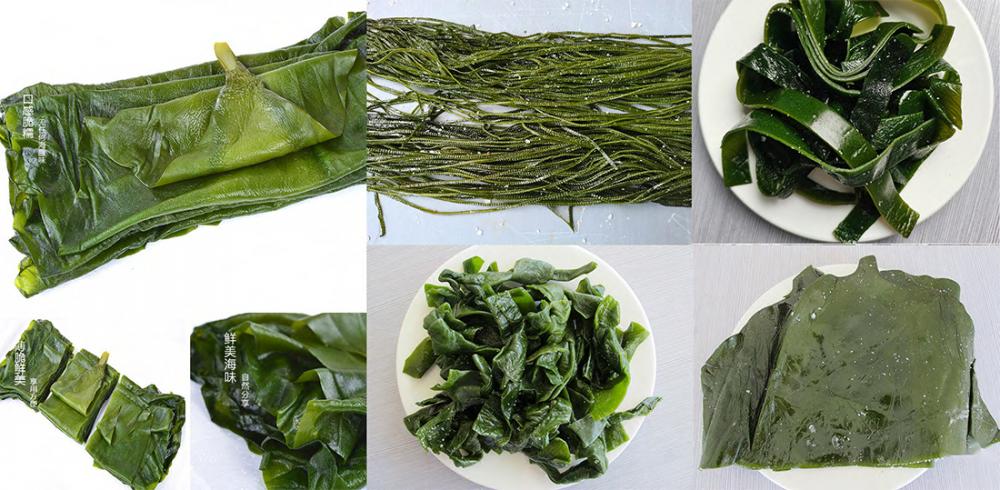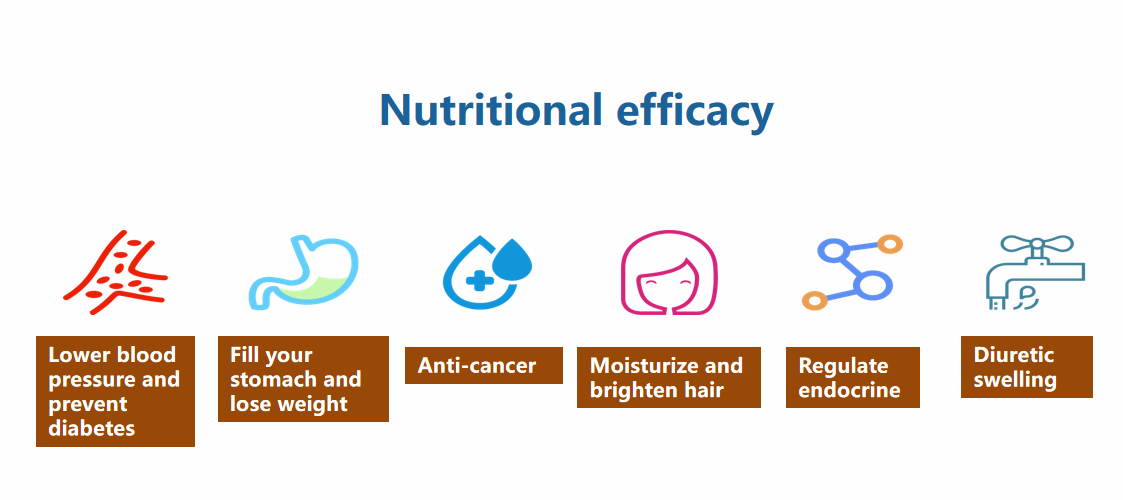Introduction of fermenter
For anaerobic fermentation (e.g. the production of alcohol, solvent) can be relatively simple structure fermenter. Fermentation tanks used for aerobic fermentation (such as the production of antibiotics, amino acids, organic acids, vitamins, etc.) need to continuously supply a large amount of sterile air into the tank, and in order to consider the utilization rate of the air, it is more in the fermenter structure. Complex, commonly used mechanical stirred fermenters, bubbling fermenters and airlift fermenters.
The fermentation process of dairy products and alcohol is a sterile and non-polluting process. The fermentation tank adopts a sterile system to avoid and prevent the pollution of microorganisms in the air, which greatly prolongs the shelf life of the product and the purity of the product. A sterile breathing vent or sterile positive pressure fermentation system is designed and installed. The tank is provided with a Milo plate or a labyrinth jacket, which can be heated or cooled by a heating or cooling medium. The capacity of the fermenter is from 300-15000L in various specifications. The fermenter can be divided into a biological fermenter, a beer fermenter, a wine fermenter, etc. according to the scope of use.
Fermentation tanks are widely used in dairy products, beverages, bioengineering, pharmaceuticals, fine chemicals and other industries. The tanks are provided with interlayers, insulation layers, heating, cooling and heat preservation. The tank body and the upper and lower filling heads (or the prototype) are processed by spinning R angle. The inner wall of the tank is mirror-polished and has no sanitary corners. The fully enclosed design ensures that the materials are always mixed and fermented without pollution. The equipment is equipped with air. Breathing holes, CIP cleaning nozzles, manholes and other devices.
Classification fermenter: Following fermenter equipment, ventilation and mechanically stirred into the non-ventilated mechanically stirred fermenter according to the metabolic needs of the growth of microorganisms, is divided into aerobic and anaerobic fermenter type filling <br> <br> fermentation type fermentation A tank is a device that mechanically agitates and ferments materials. The device adopts an internal circulation method, which uses a stirring paddle to disperse and break up the air bubbles, and has a high dissolved oxygen rate and a good mixing effect. The tank body is made of SUS304 or 316L imported stainless steel, and the tank is equipped with automatic spray cleaning head to ensure the production process meets GMP requirements.
For anaerobic fermentation (e.g. the production of alcohol, solvent) can be relatively simple structure fermenter. Fermentation tanks used for aerobic fermentation (such as the production of antibiotics, amino acids, organic acids, vitamins, etc.) need to continuously supply a large amount of sterile air into the tank, and in order to consider the utilization rate of the air, it is more in the fermenter structure. Complex, commonly used mechanical stirred fermenters, bubbling fermenters and airlift fermenters.
The fermentation process of dairy products and alcohol is a sterile and non-polluting process. The fermentation tank adopts a sterile system to avoid and prevent the pollution of microorganisms in the air, which greatly prolongs the shelf life of the product and the purity of the product. A sterile breathing vent or sterile positive pressure fermentation system is designed and installed. The tank is provided with a Milo plate or a labyrinth jacket, which can be heated or cooled by a heating or cooling medium. The capacity of the fermenter is from 300-15000L in various specifications. The fermenter can be divided into a biological fermenter, a beer fermenter, a wine fermenter, etc. according to the scope of use.
Fermentation tanks are widely used in dairy products, beverages, bioengineering, pharmaceuticals, fine chemicals and other industries. The tanks are provided with interlayers, insulation layers, heating, cooling and heat preservation. The tank body and the upper and lower filling heads (or the prototype) are processed by spinning R angle. The inner wall of the tank is mirror-polished and has no sanitary corners. The fully enclosed design ensures that the materials are always mixed and fermented without pollution. The equipment is equipped with air. Breathing holes, CIP cleaning nozzles, manholes and other devices.
Classification fermenter: Following fermenter equipment, ventilation and mechanically stirred into the non-ventilated mechanically stirred fermenter according to the metabolic needs of the growth of microorganisms, is divided into aerobic and anaerobic fermenter type filling <br> <br> fermentation type fermentation A tank is a device that mechanically agitates and ferments materials. The device adopts an internal circulation method, which uses a stirring paddle to disperse and break up the air bubbles, and has a high dissolved oxygen rate and a good mixing effect. The tank body is made of SUS304 or 316L imported stainless steel, and the tank is equipped with automatic spray cleaning head to ensure the production process meets GMP requirements.
Salted Kelp Series
The original ecological kelp means that we pack the young kelp with saturated salt water directly after washing without any preservatives.Original ecological products are the favourite of housewives.
Salted kelp:
How to eat:
- Soaking about 30 minutes to moderate salty
- Cook . make salad or add to hot pot after draining the wate

The difference between deep sea kelp and traditional ordinary kelp
Nutrational Effects

Salted Kelp Series,Dried Salted Seaweed,Salted Seaweed,Salty Seaweed
Shandong Haizhibao Ocean Science and Technology Co.,Ltd. , https://www.haizhibaoseafood.com